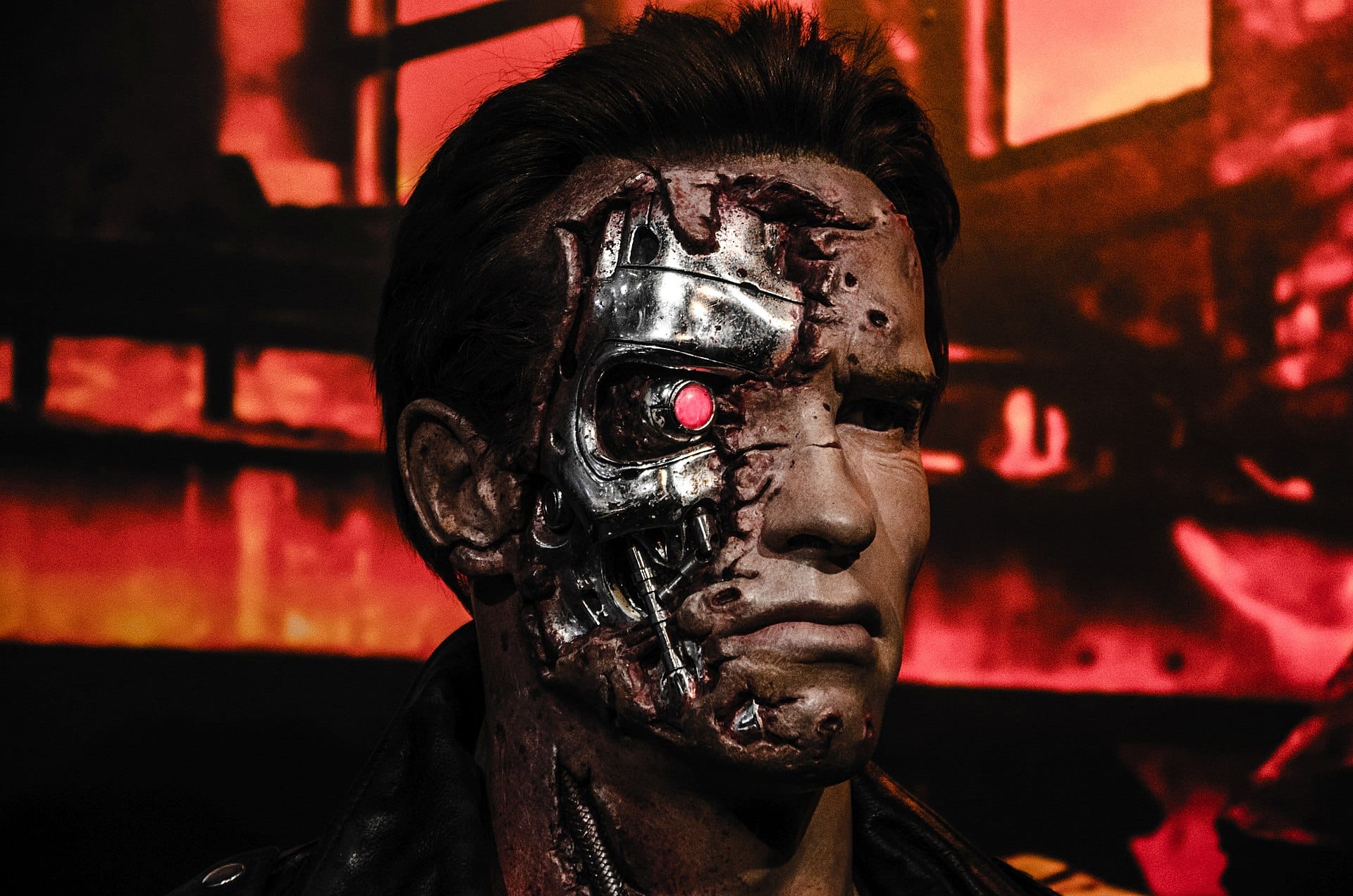Move over, Fitbit fanatics and step-counting smartwatches - there's a new walker in town, and it's taking on more than just your local park trail. While most of us were busy teaching our home assistants to turn off the lights, a plucky humanoid named Xbot-L was busy making history on one of the world's most iconic landmarks.
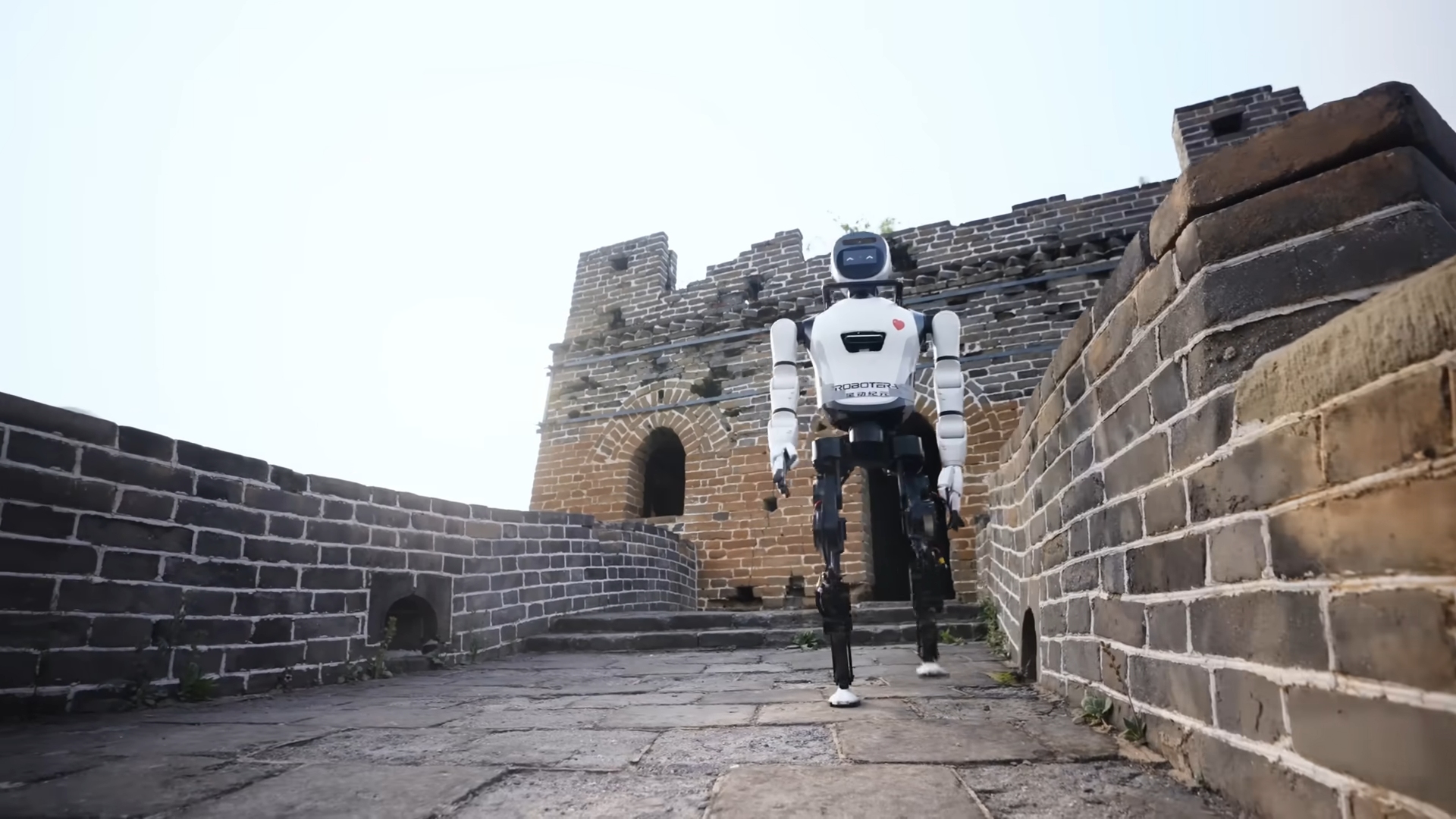
That's right folks, Robot Era's Xbot-L decided to take the scenic route. This bot just became the first humanoid to traverse a section of the Great Wall of China, giving a whole new meaning to the phrase "ancient meets future."
But before you start picturing a T-800 charging through hordes of tourists, let's set the scene. Xbot-L's journey was less "Terminator" and more "mindful wanderer," as it carefully navigated the Wall's uneven surfaces, dim guard towers, and centuries-old stairs.
Background on Robot Era and Xbot-L
Founded with a vision to revolutionize human-robot interaction, the company is dedicated to creating robots that can seamlessly integrate into daily life. Robot Era is incubated by the Institute of Cross-disciplinary Information Sciences of Tsinghua University in Beijing, a testament to its commitment to cutting-edge research.
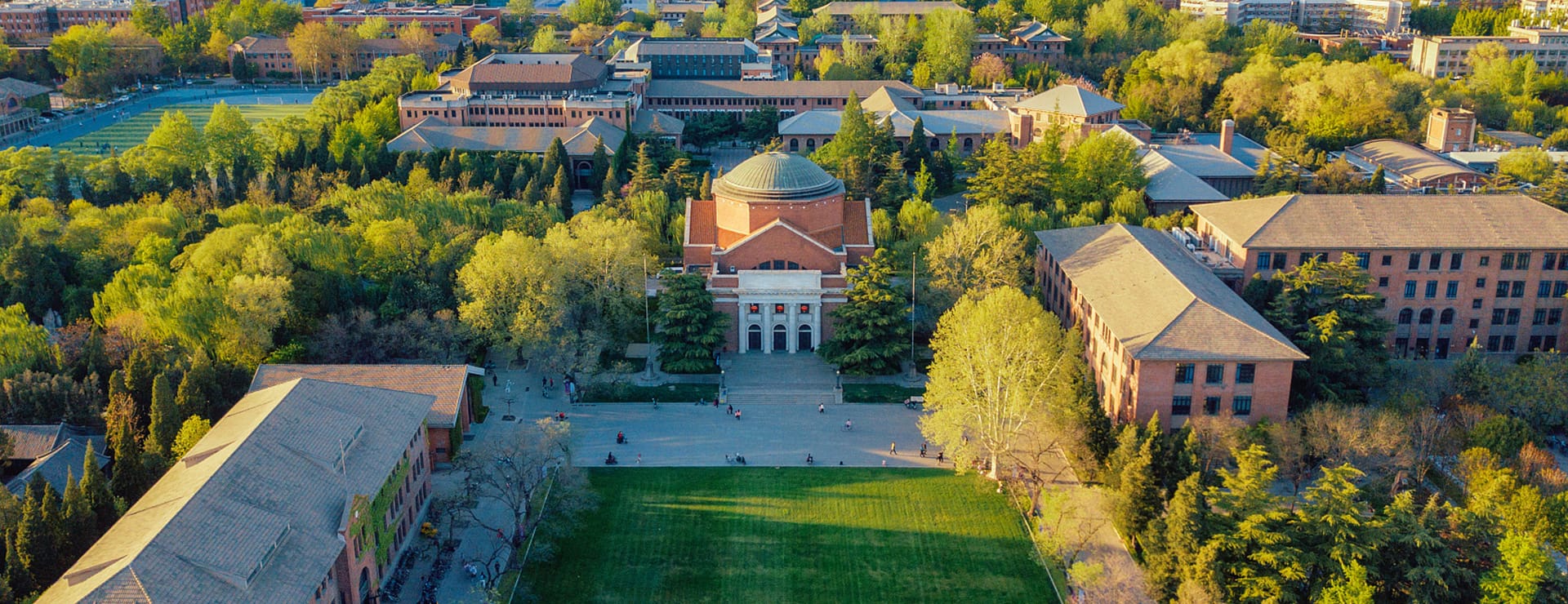
The journey of Xbot-L, Robot Era’s flagship humanoid robot, began with a singular goal: to create a robot capable of navigating and interacting with complex environments in a manner similar to humans.
The development of Xbot-L was driven by a desire to push the boundaries of what humanoid robots can achieve, particularly in terms of mobility, adaptability, and human-robot interaction.
Their design goals included :
Mobility and Balance
Ensuring Xbot-L could navigate a varying terrains with ease was paramount. The design team focused on developing advanced balance and locomotion systems that would allow the robot to handle uneven surfaces, stairs, and other obstacles.
Adaptability
The robot needed to be able to adapt to unpredictable environments. This led to the integration of perceptive reinforcement learning (RL) algorithms, enabling Xbot-L to assess and respond to complex road conditions in real-time.
Human-Robot Interaction
A key design goal was to make Xbot-L relatable and capable of interacting with humans in a natural and intuitive way. This involved not only the physical design of the robot but also the development of advanced AI systems to facilitate smooth interaction.
These ambitious design goals – mobility on diverse terrains, real-time adaptation, and natural human interaction – all translate into the impressive features that make Xbot-L truly stand out.
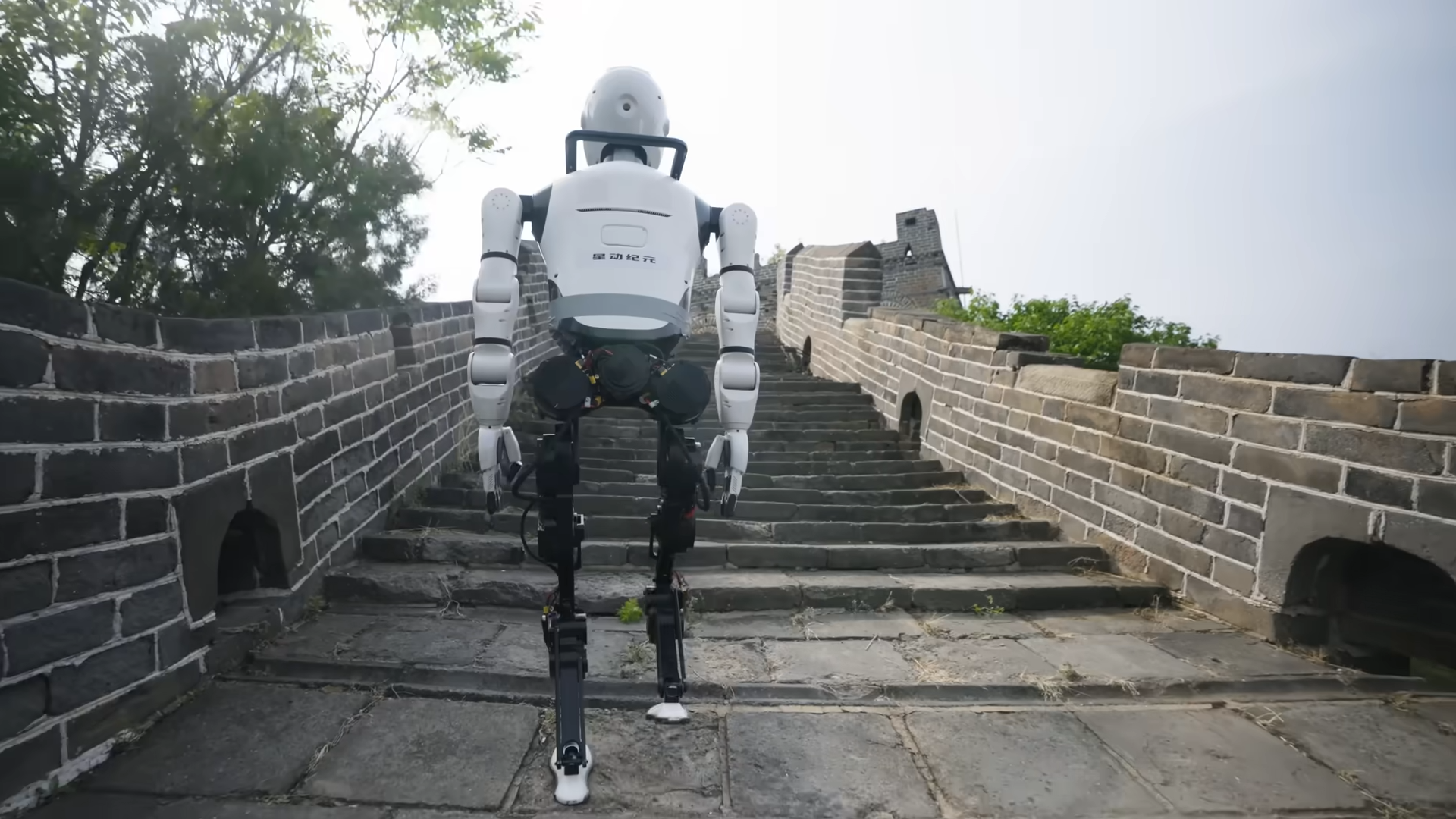
Lets look at some key features:
Perceptive Reinforcement Learning (RL) Algorithms
Xbot-L is equipped with proprietary RL algorithms that enhance its perceptive and decision-making capacities. These algorithms allow the robot to recognize and adapt to complex road conditions, adjusting its walking stance as needed to maintain stability and balance.
Advanced Navigational Systems
The robot's sophisticated navigational systems enable it to handle a variety of terrains, including the uneven and often treacherous surfaces of the Great Wall. This feature is critical for its ability to move steadily and safely in diverse environments.
Balancing Mechanisms
Xbot-L's design includes advanced balancing mechanisms that ensure it remains stable even when navigating stairs or performing complex movements such as tai-chi, which it demonstrated on the Great Wall.
Human-like Interaction
The robot's design incorporates features that facilitate human-robot interaction, making it not only a functional tool but also an engaging companion. This aspect is crucial for integrating humanoid robots into everyday settings.
By combining cutting-edge technology and a deep understanding of human-robot interaction, Robot Era has created a robot that shows the potential of advanced robotics.
The Great Wall Challenge
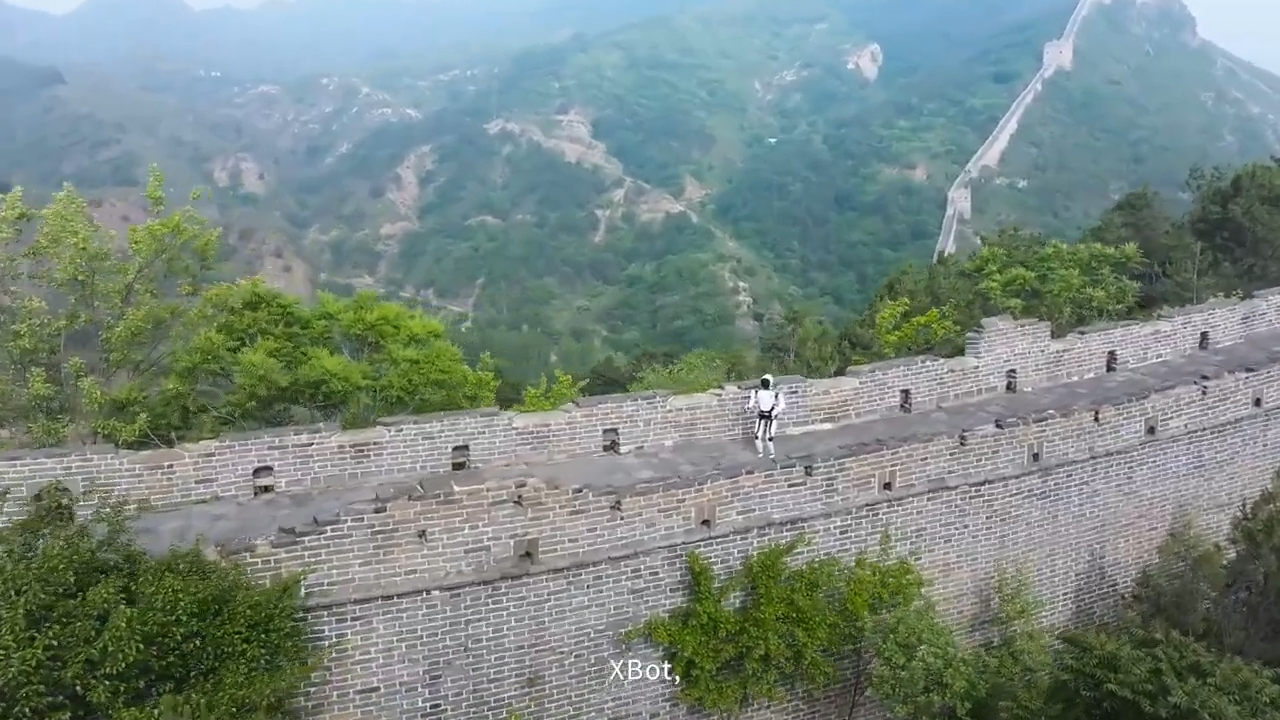
Navigating the Great Wall presents unique challenges due to its varied and often treacherous conditions. The Wall’s surface is uneven, with sections that have eroded over time, creating unpredictable walking conditions.
Additionally, the numerous stairs and steep inclines require a high degree of balance and coordination. For a humanoid robot like Xbot-L, conquering the Great Wall is a real-world test of its adaptive capabilities.
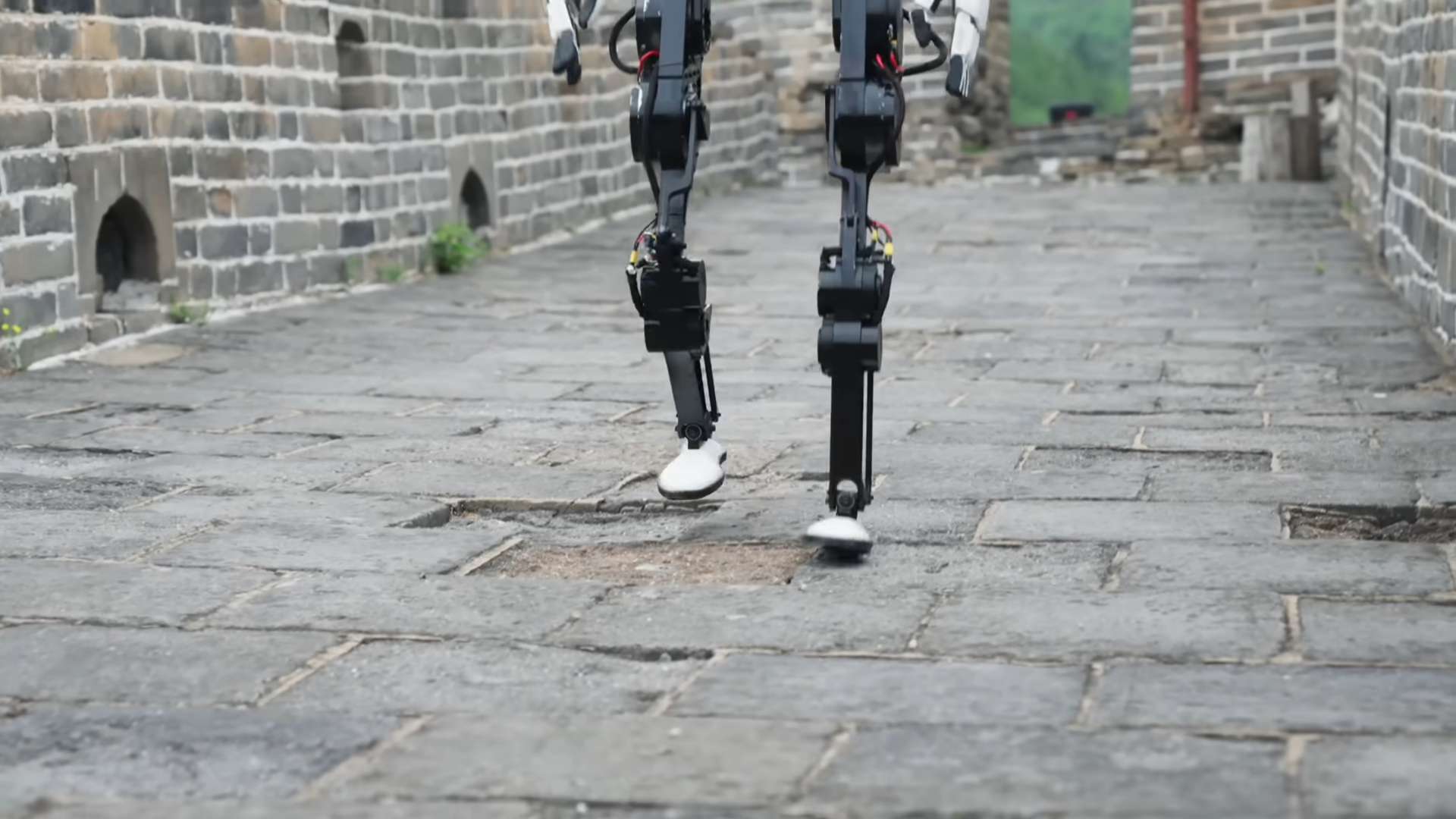
Preparation for the task included:
| Step | Description |
|---|---|
| Route Selection | The first step was selecting a suitable section of the Wall that would provide a comprehensive test of Xbot-L's capabilities. The chosen route included various terrains such as flat surfaces, broken pavement, steep stairs, and narrow passages within the guard towers. |
| Environmental Analysis | Detailed analysis of the selected section was conducted to understand the specific challenges Xbot-L would face. This included mapping the terrain, identifying potential obstacles, and assessing the lighting conditions within the guard towers. |
| Algorithm Optimization | Based on the environmental analysis, the robot's perceptive RL algorithms were fine-tuned to ensure optimal performance. This involved simulations and test runs in controlled environments that mimicked the conditions of the Great Wall. |
Before the journey, Xbot-L underwent rigorous testing in environments replicating the Great Wall's conditions, refining its balance, stability, and adaptive responses. The real-world trial was conducted early in the morning to minimize interference, with the Robot Era team closely monitoring its progress.
Xbot-L demonstrated adaptability to varying conditions, adjusting its walking stance and maintaining balance on uneven surfaces. Highlights included navigating dimly lit guard towers using advanced sensors and performing tai-chi moves at a guard tower, showcasing its dexterity and adding a cultural touch to the demonstration.
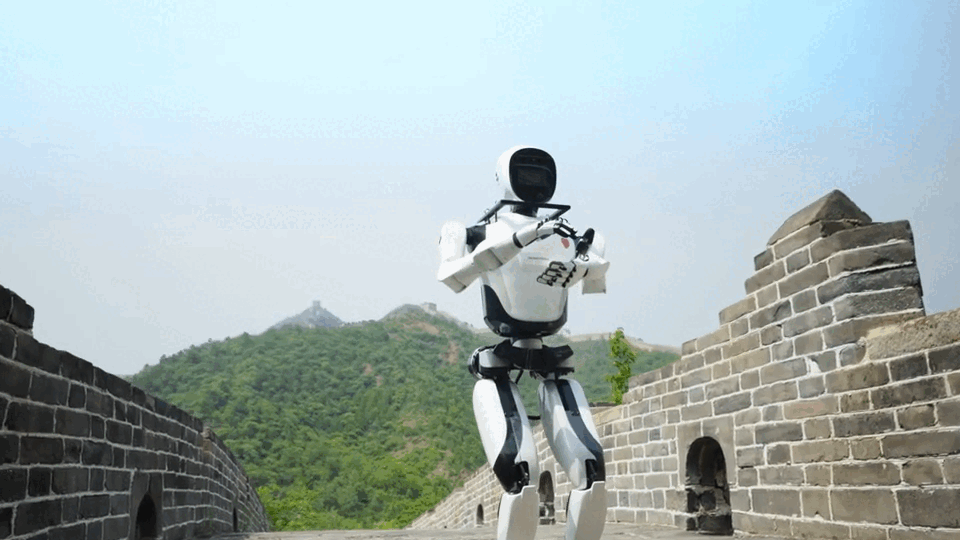
Duct Tape Incident
In the video showcasing Xbot-L’s remarkable journey along the Great Wall, viewers noticed an unexpected and amusing detail: a strip of duct tape wrapped around the robot’s midsection.
This seemingly out-of-place addition sparked curiosity and humor among the audience, serving as a lighthearted reminder that even the most advanced technologies sometimes need a simple, makeshift fix.
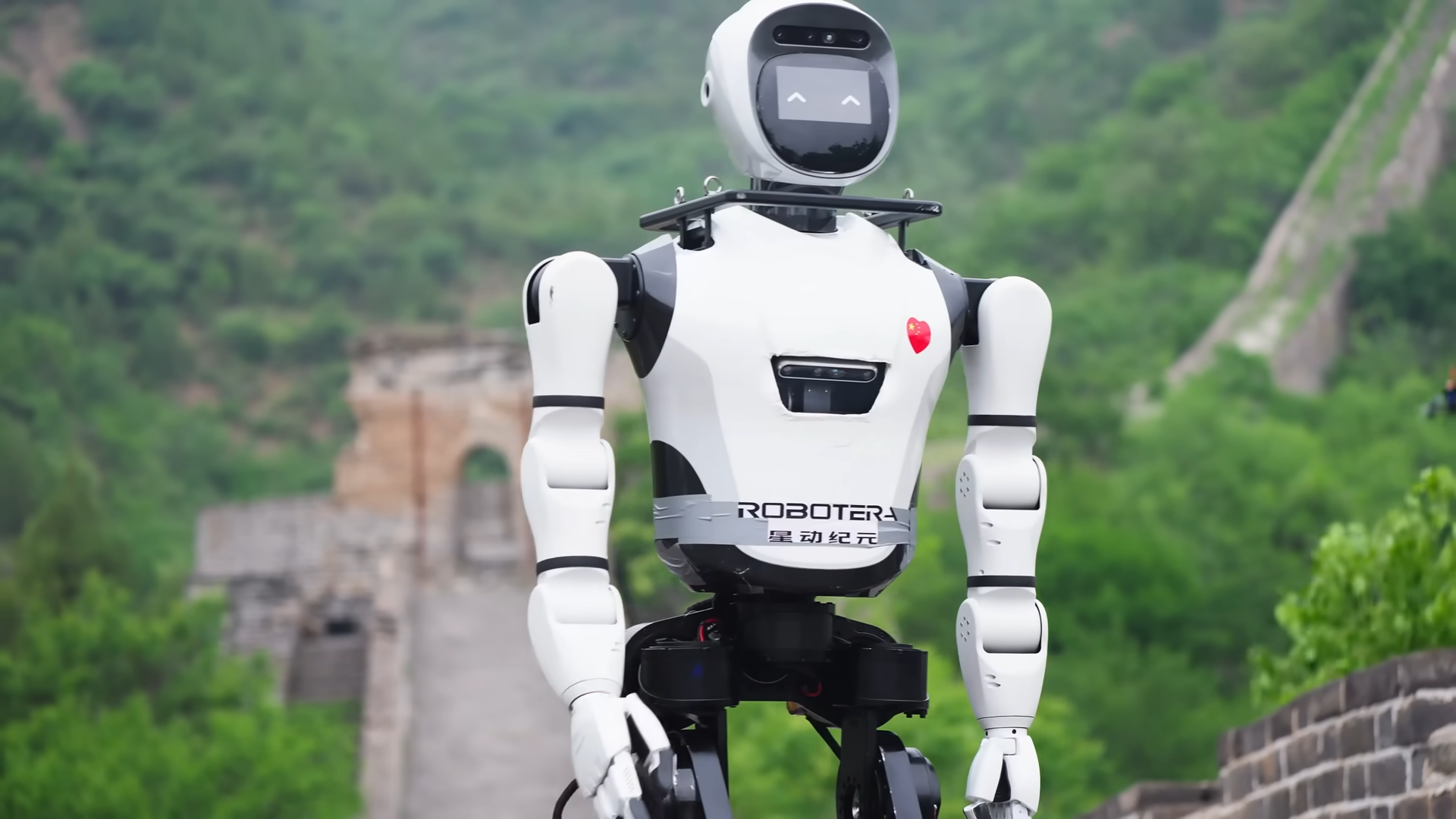
Some joked that Xbot-L might have had a bit too much fun the night before, needing the tape to hold itself together after a few too many celebratory Tsingtao beers. Regardless of its true function, the duct tape added a touch of relatability to the otherwise sleek and sophisticated robot.
The duct tape incident underscores a crucial aspect of robotics development: the importance of making advanced technology relatable and approachable to the general public.
Normalization of Robots
Xbot-L's successful traversal of the Great Wall marks a significant step towards normalizing the presence of humanoid robots in everyday life.
By tackling such a challenging structure, Xbot-L demonstrates that robots can operate effectively outside controlled environments. This normalization is crucial for fostering public acceptance and trust in robotic technology.
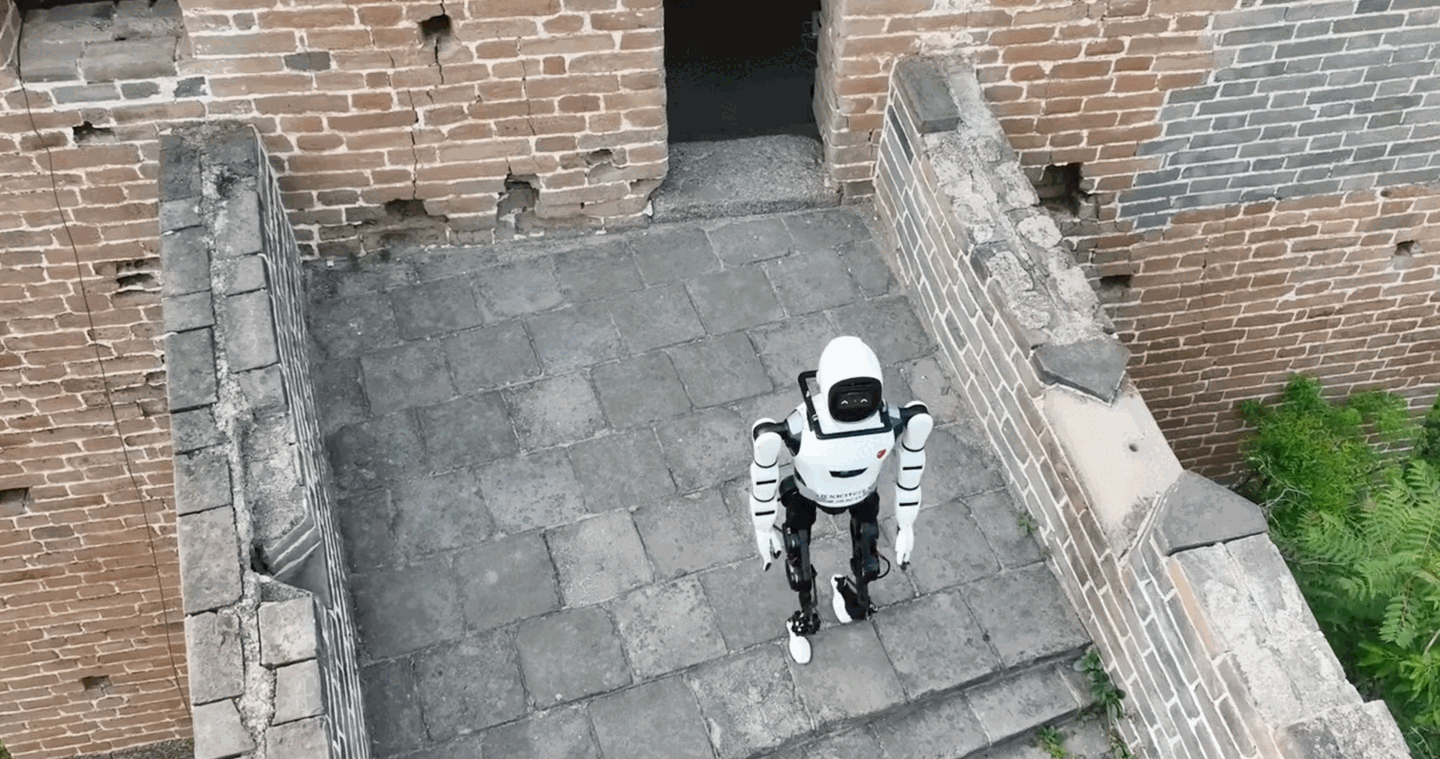
By conquering the uneven surfaces, steep stairs, and narrow passages of the Great Wall, Xbot-L has showcased its remarkable mobility, adaptability, and balance.
This journey not only highlights the robot's technical prowess but also illustrates the practical applications of reinforcement learning algorithms in real-world scenarios.



